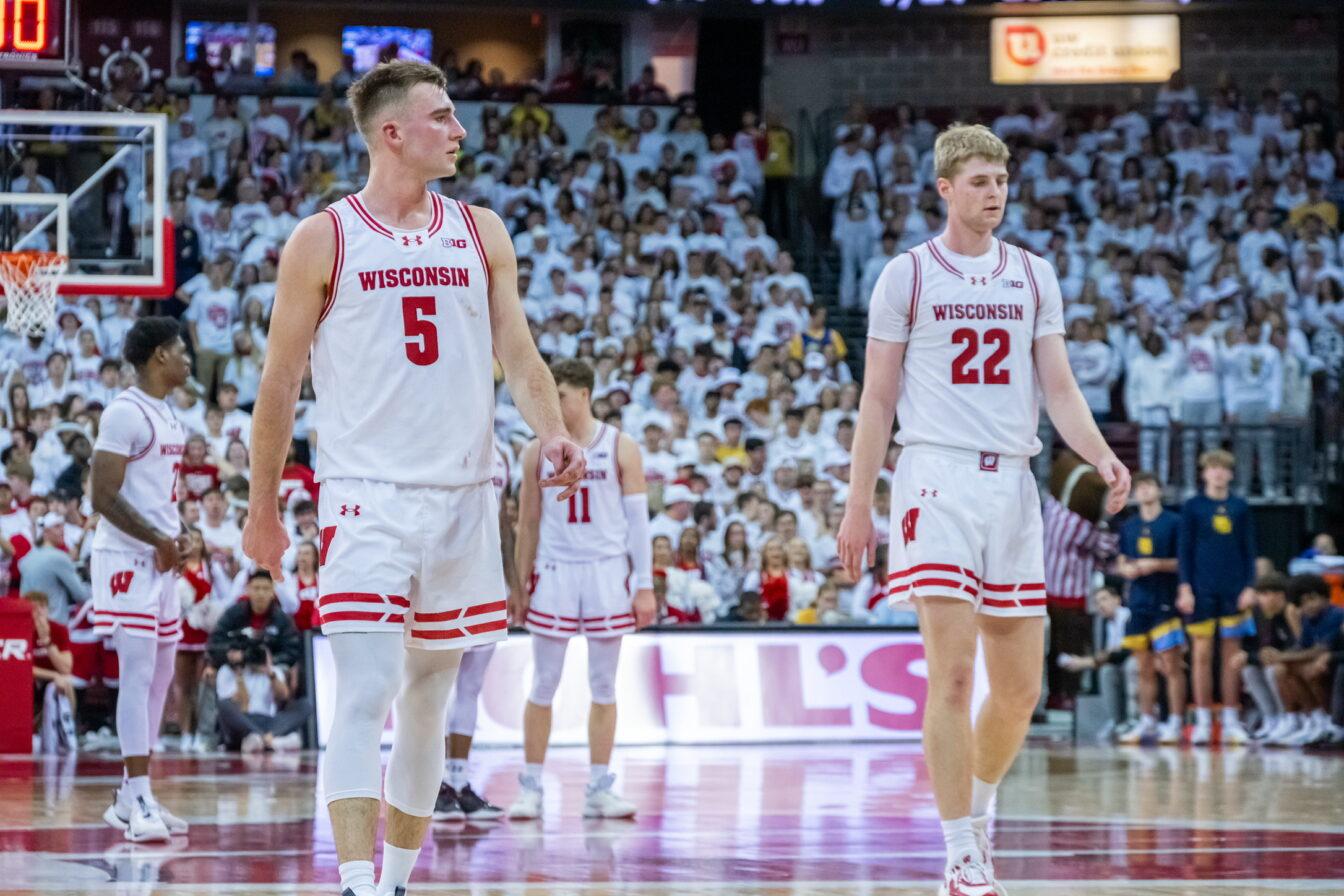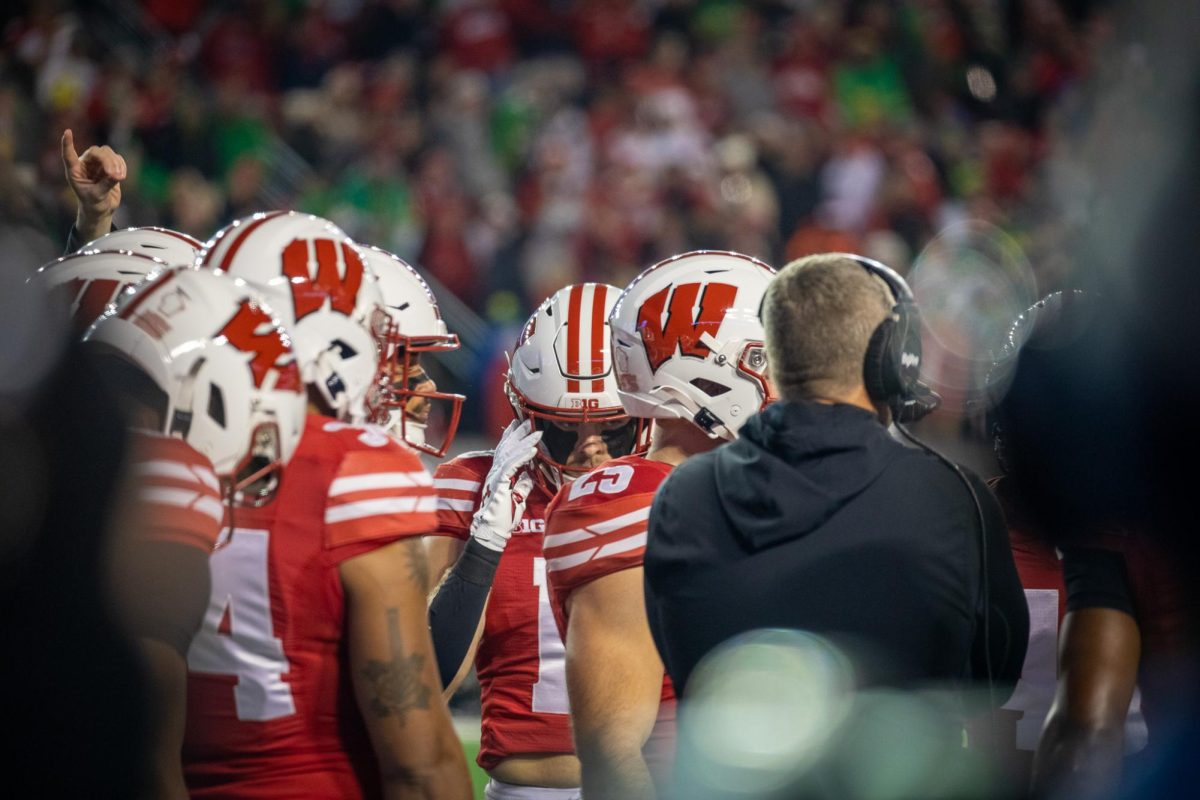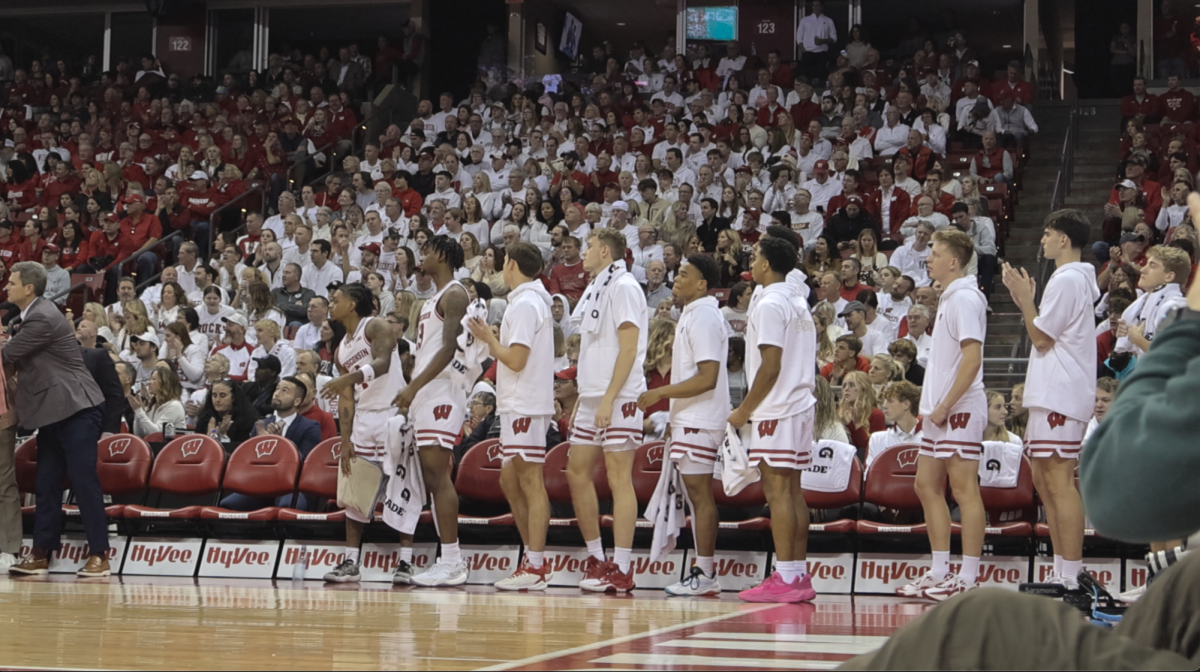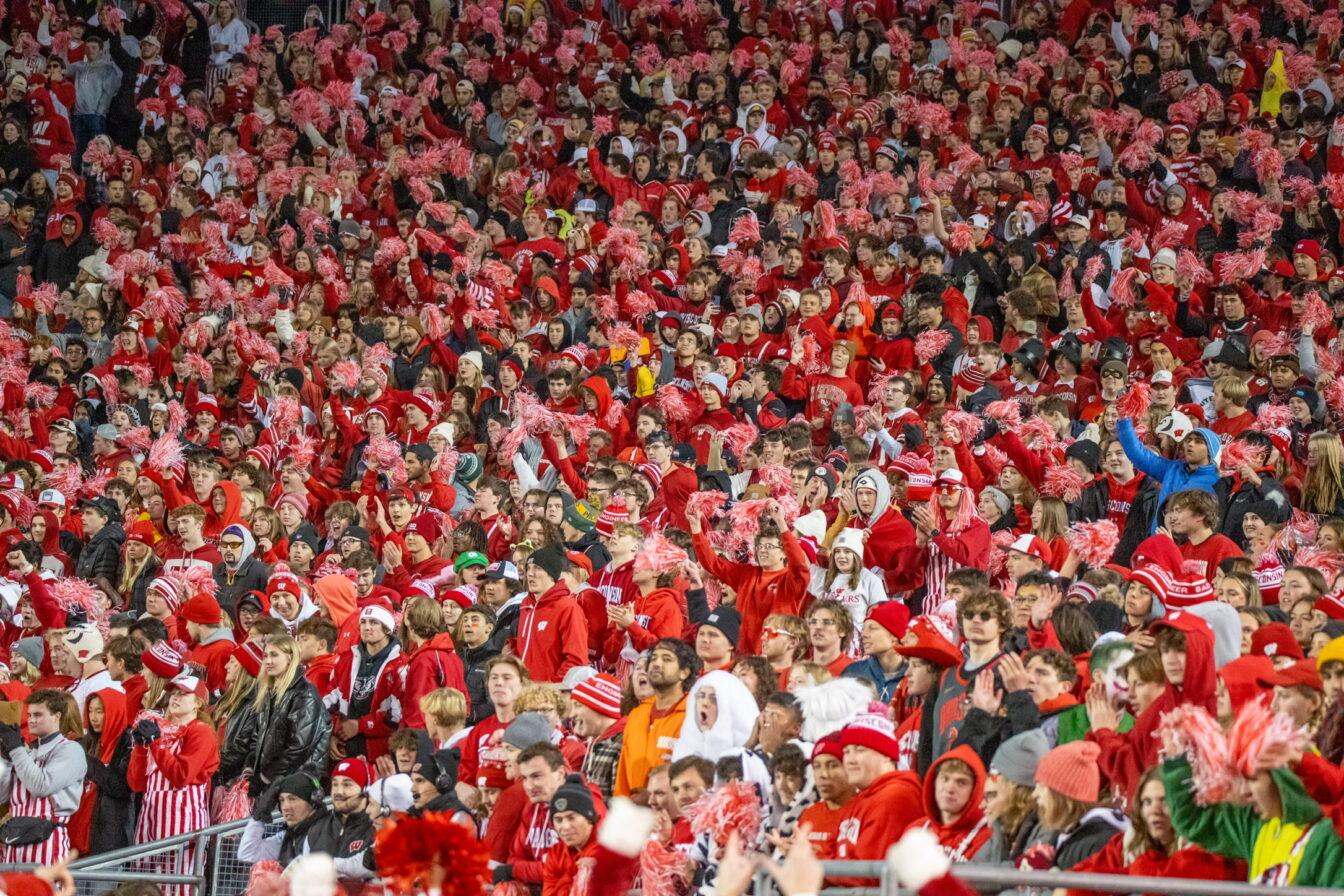They are calling it the “Brady Rule.”
According to new NFL guidelines, defensive linemen, linebackers or whoever else may be in the backfield are not allowed to hit the quarterback below the knees once they have hit the ground. That means once a 300-plus pound man throws you to the ground, you must have the strength to get up, then hit the quarterback.
They say this rule is meant to protect quarterbacks. They say it will prevent yearlong injuries like the one which occurred to Patriots’ quarterback Tom Brady week one against the Chiefs. They say it will help teams survive longer if their quarterback goes down.
What they aren’t saying is what it is taking away from the game.
By creating a virtual strike zone from the knees to the shoulders, they are removing what is most interesting about football and what captivates us — the physicality. Rule makers have already enacted enough rules to protect the quarterback. You can’t touch his head. He is allowed the slide to avoid the tackle. Basically, these rules allow time for the quarterback to sit back in the pocket, have a smoke then figure out who he is going to throw the ball to.
Were there other motives to creating the rule? Who knows. Maybe it was because the NFL missed their favorite poster boy. Maybe they didn’t like it when the ratings dropped because the high-flying Patriots were missing their field general.
Whatever the reason may be for making the rule, the problem is they are over-protecting the quarterback position. It seems like the days of bone-jarring tackles on quarterbacks are gone. Now, defenders have to not only be concerned with getting past the offensive line, but also if they have the right angle on the quarterback.
While I do think the new Brady Rule is over the top, I do understand there needs to be some rules protecting players. I find it heart wrenching to hear stories of former greats such as Dick Butkis or the late Gene Upshaw needing canes or other materials to help them walk because, after years of their bodies taking abuse, they are unable to walk. The rule against horse collar tackling, which came into effect after Cowboys safety Roy Williams caused then Eagles receiver Terrell Owens to break his leg right before the playoffs, seems justified.
But adding rules to help protect the quarterback, the most guarded position in the game, not only takes away from the guts needed to be a quarterback, but could also make the game a higher scoring affair. By putting rules into effect further preventing any type of injury to the quarterback, it could also limit what a defense can do. By not allowing a lineman or linebacker to hit the quarterback from the ground, it will inevitably give him more time in the pocket to find the open receiver. This could cause a rise in scoring and a proliferation of the passing game to near collegiate proportions.
While I do not agree with the rule, I do understand why the owners would push for a rule such as this. If a starting quarterback gets injured, there is generally a large drop off in talent from the starter to the backup. Most teams were not as lucky as the Patriots, who had Matt Cassel and were able to have a somewhat-successful season despite the loss of Brady. In most instances, teams are left with the likes of career journeyman Brooks Bollinger or Oakland’s Marques Tuiasosopo to head the offense. Naturally, they will be given an abridged playbook, cutting down on the team’s potential.
But, injuries are what football is all about. It’s about hitting and finding a way to demolish your opponent. The Brady Rule takes away from the aggressiveness of the game we all love.
With this new rule, like always, defenders will have to adapt. Brian Urlacher will have to do his best impression of Carlos Zambrano and Aaron Kampman will have to do his best Yovani Gallardo to hit the quarterback strike zone faster than a 98 mph fastball. Anything higher or lower, however, could prevent the quarterback from walking.
Ben Solochek is a senior majoring in journalism and history. Think the NFL protects quarterbacks too much? Email Ben at [email protected].













